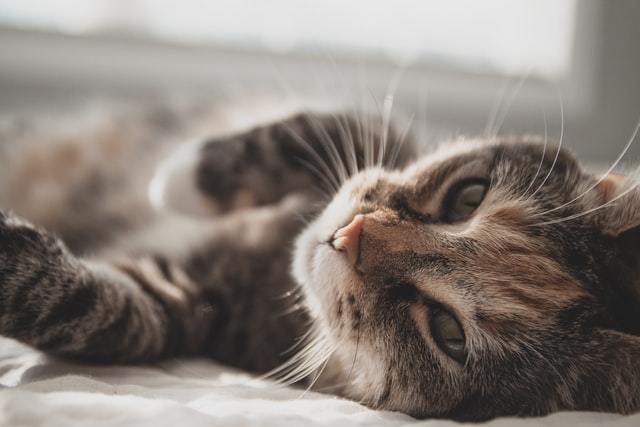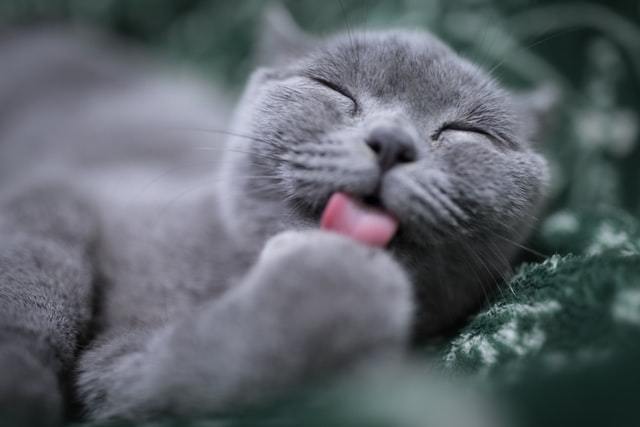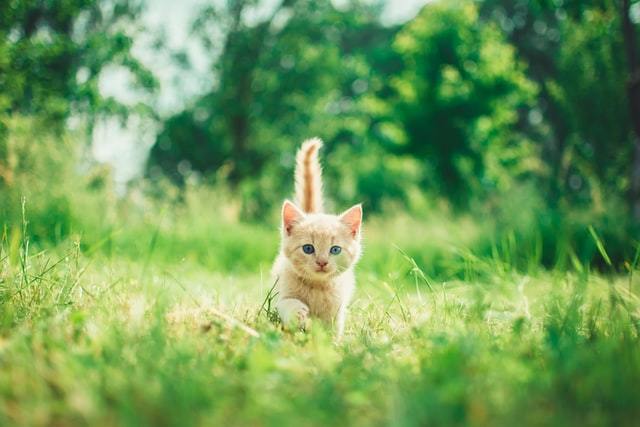While the term ‘luxating patella’ sounds complicated, it is really just another way of saying a ‘dislocated kneecap’. While we see this relatively commonly in small breed dogs, it is much less of an issue in cats. However, it certainly is something which can happen and owners should be aware of the signs to watch for.
Luxating patella in cats is often mistaken for a muscle strain or arthritis. Indeed, the signs can be similar. However, there are some distinct differences and we will discuss these more in the article. We also cover how to diagnose these othopaedic disorder and cover the various treatment options. Read on to learn all about patellar luxation in cats.
Causes of Patellar Luxation in cats
For some of our kitties, their kneecap issues are genetic. It is likely that one of their parents was affected. These cats are usually born with deformities such as a shallow trochlear groove. However, there haven’t been extensive studies on this. It is unclear whether all cats with the ‘faulty genes’ are destined to develop patellar luxation or not. Experts agree it is probable that more than one gene is involved. Also, additional dynamics such as exercise, diet and environment are very likely to play a role.
While any breed of cat can be affected, it is widely accepted that certain lines are more prone to luxating patellae. The Abyssinian is over-represented. This study involved 69 Abyssinians and a staggering 38% had some degree of patellar luxation. When we compare this to the incidence within the general feline population (about 1%), it is clear that the poor Abyssinian is genetically prone. Other breeds, such as the Devon Rex, are also more prone to this condition when compared to your average domestic short hair.
For some cats, their luxating patella is not genetic and occurs after a trauma. For example, a fall from a height or a car accident can be to blame. This sort of trauma is more common in young male cats who spend time outdoors.
Signs of Feline Patellar Luxation
Signs depend on a few things. For example, a cat with one knee affected will act differently to one who has luxating patellae in both knees. Similarly, those who were born with the condition are usually able to adapt better than those who suddenly become affected after an injury.
Those with congenital or genetic patellar luxation tend to be affected on both sides. You may notice they hop like a bunny when accelerating and that there is some loss of muscle mass on both sides. For some cats, signs come and go. For others, they are affected at all times.
We may also see signs such as:
- A skipping gait
- Trouble jumping
- Reluctance to run or jump
- Reduced activity and more hiding away
- Pain when handled over the knee area
For most affected kitties, the kneecap can be manipulated medially (towards the midline). The vet will check for this when performing your cat’s orthopaedic exam.
Diagnosing Feline Patellar Luxation
Thankfully, the diagnosis of this orthopaedic disease is relatively straightforward. When you bring your cat to the vet with a history of hind limb issues, they will manipulate the knee, checking to see if the kneecap is in place. If there is any suspicion of a dislocating kneecap, they will recommend x-rays.
Sometimes x-rays will also show up hip dysplasia, especially if both diseases are genetic and congenital. We would also be able to see if your cat has a dislocated hip.
Treating Your Cat for Luxating Patellae
The recommended treatment will depend on several factors. The vet will grade the luxation from a one to a four, with grade one being the least severe. Those with a grade one luxation may simply need some supportive care, rest and medicine. Conversely, high grade patellar luxation usually requires surgery.
Cat knee surgery can be expensive as it is usually done by an orthopaedic specialist. Indeed, surgery for a luxating patella can be cost prohibitive for some owners. However, surgery may prevent arthritis and should reduce pain and mobility issues.
Prevention Methods
It is not always possible to prevent a luxating patella in a cat. However, it is sensible not to breed from those with genetic kneecap issues. Some owners choose to keep their cat indoors to prevent trauma, though this won’t be the right option for all.
Keeping your cat slim is a sensible idea as excess pressure on the knee joint can cause issues.
Joint supplements and diet play a role and we should always aim to support our cat’s joints with quality nutrition.
We Recommend This Hip n' Joint Vitalize Support
Scruffy Paws Hip ‘n Joint Vitalize is a joint supportive liquid that should be considered for those at risk of orthopaedic disease, or who have already been diagnosed with it. It may help both in the prevention and treatment of patellar luxation. It should not be relied on for pain relief; most cats require prescription pain medicine. However, it should be seen as one part of the treatment plan available to us.
Containing ingredients such as Chondroitin Sulphate, Glucosamine, Hyaluronic Acid and MSM, this supplement can reduce joint inflammation and protect cartilage.
As this supplement is available as a liquid from a dropper bottle, it is easy to add to your cat’s meal. The delicious beef flavour encourages fuss free eating, even in pernickety cats. No faffing about with tablets; now that’s a win!
Final Thoughts
While a diagnosis of luxating patella in cats may be a tough pill to swallow, there are treatment options available. What is done will depend on several factors. This will include the age and health status of the patient, the grade of the luxation, the cat’s mobility and the affordability of a surgical correction for the owner.
For the majority of patients, keeping their cat slim and starting them on joint supplements promptly is advised. Most will also benefit from prescription anti-inflammatories and pain relief.
Dr. Linda Simon, BVMS, MRCVS
Veterinary surgeon,Dr. Linda Simon MVB MRCVS is a locum veterinary surgeon who has worked in London for the past 8 years. She graduated top of her class in small animal medicine from UCD, Dublin. She is currently a member of the Royal College of Veterinary Surgeons.



